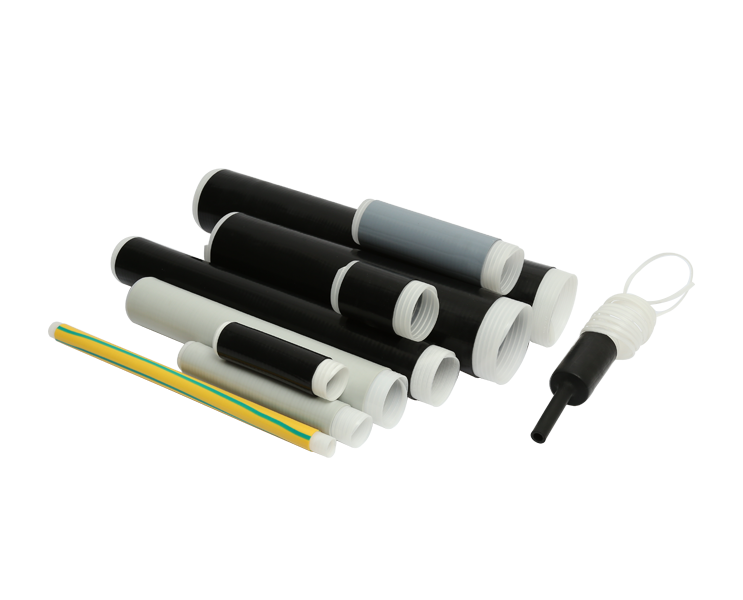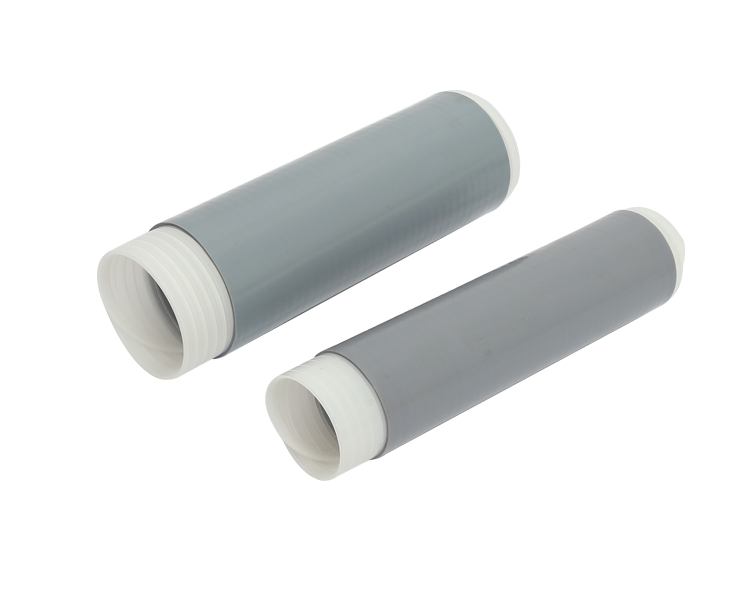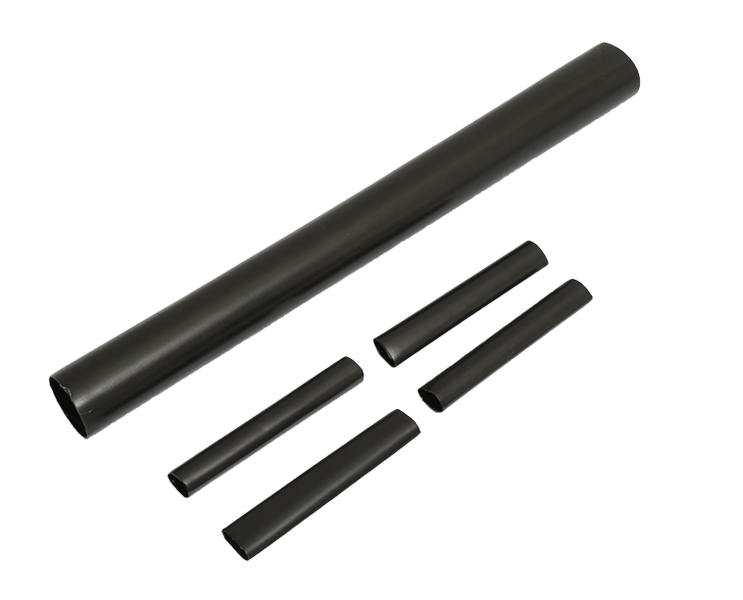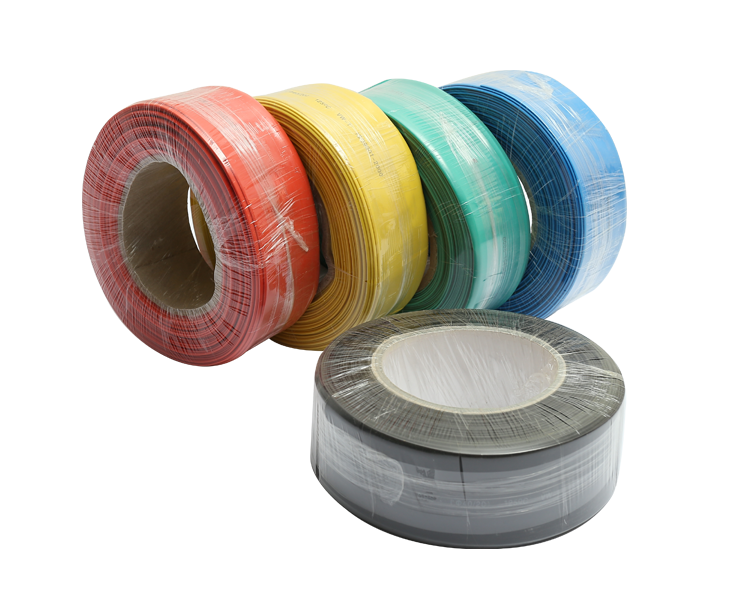How To Choose Wire and Cable?
Selecting the appropriate wire and cable is a critical decision that impacts the safety, efficiency, and longevity of electrical systems. With an array of options available, it's essential to be well-informed and attentive to key factors to ensure the optimal choice for your specific needs. Here are some valuable insights to guide you through the selection process:
One of the initial steps in choosing wire and cable is to prioritize well-established brands known for their quality and reliability. Reputable manufacturers adhere to industry standards and regulations, ensuring the safety and performance of their products. When examining wire and cable options, look for the brand identity on the packaging. It typically includes the brand or manufacturer's name, address, contact information, 3C certification number, and a quality commitment card. This information not only signifies authenticity but also offers assurance of compliance with quality standards.
The appearance of wire and cable can provide valuable insights into their quality and construction. A high-quality wire and cable will have the conductor neatly centered within the insulator. Additionally, inspect the insulator's surface; it should exhibit a shiny, uniform appearance without any particles, black spots, irregularities, or signs of deformation. A smooth and consistent outer diameter of the insulator is indicative of precision manufacturing, ensuring reliable performance and durability.
A crucial aspect of assessing wire and cable quality is examining the elasticity of the insulator. Gently flex the insulation – superior wire and cable insulation should display a certain level of elasticity, making it resistant to cracking or breaking under stress. High-quality insulation materials are designed to withstand bending and movement, contributing to the cable's overall longevity and dependable performance. In contrast, poor-quality insulation is prone to tearing or scratching when subjected to stress.
The copper content of wire and cable cores is a fundamental determinant of their performance. Quality cables have a high copper content, resulting in enhanced conductivity and efficiency. Observe the color of the cores; high-quality wire and cable often have cores with a golden and bright hue, reflecting the presence of pure copper. Be cautious of cables with dark red or black cores, as they might indicate the use of recycled or substandard materials, leading to inferior performance and potential safety hazards.
Assessing the bending performance of wire and cable is crucial, especially in installations where flexibility is essential. High-quality wire and cable should exhibit a copper core that is soft and pliable, enabling it to withstand bending without breaking or undergoing significant deformation. This characteristic is particularly vital in applications where cables need to be routed through tight spaces or subjected to repeated movement. Superior bending performance guarantees reliable connectivity over time and reduces the risk of unexpected failures.
Fire safety is a paramount consideration when choosing wire and cable, especially in environments where electrical systems are prevalent. Assessing the flame retardant properties of wire and cable is crucial. Quality cables should extinguish immediately once the flame is removed, indicating effective flame suppression. Conversely, poor-quality cables might continue to burn even after the flame source is removed, posing a significant safety risk. Prioritizing flame-retardant wire and cable contributes to a safer and more secure electrical infrastructure.
Selecting the right wire and cable involves a thorough assessment of various factors, ranging from brand identity and appearance to core color, bending performance, and flame retardancy. By prioritizing reputable brands, scrutinizing appearance, evaluating insulation elasticity, examining core color, gauging bending performance, and verifying flame retardancy, you can make an informed decision that aligns with the specific requirements of your electrical system. A well-chosen wire and cable not only ensures optimal performance but also contributes to the safety, reliability, and efficiency of your installations.

 English
English 简体中文
简体中文



